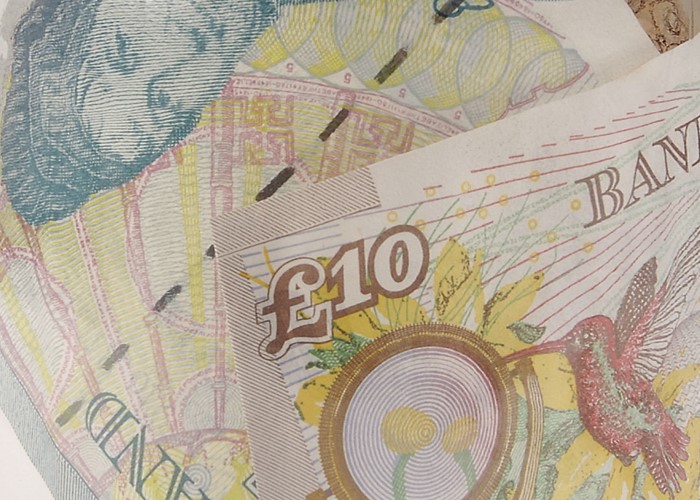Get The Best Savings Rate!

If you're comparing savings accounts make sure you look at the AER. This will give you a more accurate idea of your actual return.
To make the most of your savings, it's vital to be able to compare the different rates of interest available on different types of savings accounts.
Vital, but difficult. Firstly, should you look at the AER or the headline rate? And secondly, is it better to have a savings account which pays 6.00% AER where interest is paid monthly, or is it better to have a savings account which pays 6.00% AER where interest is paid annually?
To answer these questions, you really need to understand what the jargonistic term AER actually means. Don't worry if you don't. You're certainly not alone.
Let's start at the very beginning:
What is an AER?
AER stands for Annual Equivalent Rate. It demonstrates what the interest rate earned on a savings account would be if the interest was compounded and paid annually.
What use is that?
AERs enable you to compare the return from savings accounts which compound interest over different periods on a like-for-like basis.
Banks and building societies are now obliged to publish the notional AER as well as the gross - or headline - rate.
So what?
This is where it gets slightly complicated. Say, for instance, you have a savings account which pays interest annually. All things being equal, its headline rate and its AER would be the same.
But if your savings account pays interest more frequently (for example, monthly or quarterly), then the AER is usually higher than the headline rate. This is to show the compounding effect of interest applied to the account during the course of the year.
In a nutshell...
Interest paid monthly, quarterly or half-yearly represents a higher true rate than the same stated interest rate paid annually. Therefore the AER gives a more accurate idea of your return than the headline rate.
But...
Don't forget the AER shows the interest rate, before tax at the savings rate has been deducted.
Get The Best Rate
So, to answer the first original question: when comparing interest rates you should always look at the AER rather than the headline rate. If the headline rate for an account is higher than the AER, then this suggests a short-term incentive such as a more generous introductory bonus rate.
The AER will calculate the actual rate over the course of the year, taking into account the lower standard rate you'll earn once the bonus has fallen away. In other words, the AER will tell you more precisely what you'll get over a year (before tax). Remember the AER doesn't always take bonuses into consideration so you'll need to look out for extra inducements and make sure you're comparing accounts on the same basis.
That said, high headline rates may be a better indicator for `rate tarts'. This is the not entirely complimentary term for people who continually move their money around from one savings account to another to take advantage of the best rates. But if you don't have the inclination for such a committed strategy, you'll want to make sure you've got a decent account for the longer term and for this you'll need to use the AER.
So let's have a look at some examples. ICICI Bank's HiSAVE account offers savers a gross interest rate of 6.23% but importantly, the account's AER is higher at 6.41% (variable). This particular account calculates interest daily and pays it monthly. Therefore to reflect the fact that you'll be earning interest on interest over the course of a year, the AER is slightly higher than the headline rate. Plus with an account which pays interest monthly you won't have to wait an entire year before you see a return on your investment.
Another account which pays monthly interest is the Citibank Flexible Saver which currently has a gross rate of 6.27% but this time the AER is lower at 6.10%. The AER factors in an introductory bonus of 0.66% which is only in place for the first six months, but it also includes the compounding effect of monthly interest.
So finally, to answer the second question: neither the monthly or annual account which offers 6% AER is better. Both will provide an equivalent return after a year regardless of the different basis on which interest is applied. Even though the monthly account benefits from the effects of compounding, after 12 months the return will still equate to 6.00% (of course this assumes the interest rate doesn't change over the year which it may do if you choose a variable rate account).
Taxing Questions
I mentioned earlier that the AER is a pre-tax calculation. But are monthly interest-bearing accounts or annual ones better in terms of taxation? Last year's post on our discussion boards from igfm2 asks that very question:
"I thought annual capitalization (interest being credited) was better, as I then don't get taxed as often? If it's monthly, the compounded interest gets taxed each time, so compounds less. Have I got my wires crossed?"
To figure out the answer, again all you need to do is look to the AER. Both an account paying 6.00% AER which pays interest monthly and an account paying 6.00% AER which pays interest annually will provide an after-tax return of 4.80% -- regardless of which one you choose (for a basic rate taxpayer).
So, in conclusion, don't be seduced by eye-catching headline rates. The AER will give you a clearer idea of how competitive a savings account really is.
More: Top Six Super Savers.
< If you'd like to compare accounts why not have a look at the Motley Fool's Savings Centre now.
Most Recent
Comments
Be the first to comment
Do you want to comment on this article? You need to be signed in for this feature








